Unlocking the Advantages of Energy-Efficient Windows
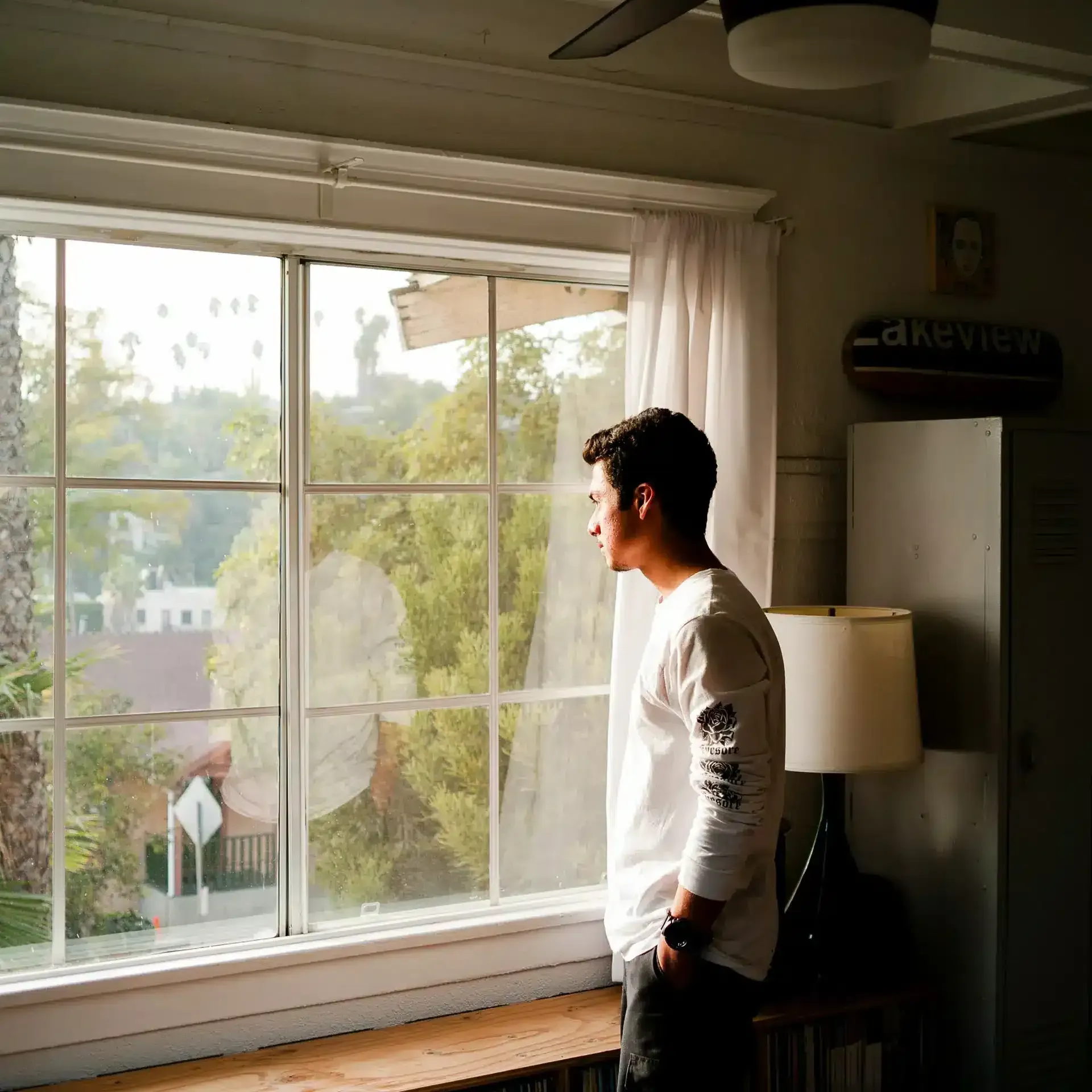
Replacing old windows with energy-efficient ones is a smart move for homeowners looking to reduce energy losses and infiltration. Rated by the National Fenestration Rating Council (NFRC), these windows meet green building standards and provide significant improvements over traditional construction windows. Homeowners often have questions when considering an upgrade, such as how the windows work and the potential savings involved. Discover how energy-efficient windows can lower your energy bills, enhance your home’s comfort, and increase its value.
Key Takeaways
- Energy-efficient windows improve insulation and reduce energy bills
- Special coatings and gases enhance window energy conservation
- Upgraded windows can increase a home’s property value
- Homeowners may be eligible for tax incentives with energy-smart choices
- The right window technology balances indoor comfort and energy savings
What Are Energy Efficient Windows?

Energy-efficient window replacement is crucial for maintaining a home’s temperature balance and minimizing energy loss. Unlike standard glass panes, these advanced windows incorporate innovative design elements to trap or repel heat, aligning with energy-efficient home design principles. They are engineered to view and reduce a household’s carbon footprint. With features addressing thermal insulation and solar heat gain, energy-efficient windows are vital to a home’s energy-saving strategies.
Features of Energy-Efficient Windows
Energy-efficient windows feature state-of-the-art designs that enhance energy conservation and support sustainable development. These windows come with specialized coatings that reflect sunlight, maintaining comfortable indoor temperatures without overworking heating or cooling systems. Durable framing materials and insulating gases like krypton between panes protect furniture from sun damage and reduce energy costs. Reflective coatings divert harmful UV rays and regulate indoor temperature, while heavy-duty framing provides better insulation and longevity.
How Do They Work?
Energy-saving windows maintain an ideal indoor climate without overusing heating or cooling systems. These replacement windows feature double—or triple-glazed panes that trap air or inert gas, significantly reducing heat transfer. Real estate experts highlight energy-efficient windows and doors as smart investments because they have an immediate impact on utility bills and can potentially increase a property’s return on investment.
Energy-saving windows create a thermal barrier through multiple panes and inert gas, lowering energy consumption. Replacement windows elevate a property’s value and offer long-term savings.
Benefits of Energy-Efficient Windows

The installation of energy-efficient windows offers numerous benefits. Homeowners can expect significant energy savings due to enhanced insulation, reducing reliance on heating and cooling systems. This conservation limits greenhouse gas emissions, lowers HVAC costs, and frees up more of the household budget. Additionally, these windows provide a quieter indoor environment, insulated from street noise and weather.
Energy-efficient windows minimize condensation, protect window sills and home surfaces, and safeguard interior fabrics from UV rays fading. Consistent indoor temperatures increase comfort, whether lounging in the living room or enjoying the patio. Homeowners can also see a return on investment through higher resale values, energy discounts, and tax incentives. At the same time, the reduced workload on heating and cooling systems means less maintenance over time.
1. Energy Savings
When considering home improvement, energy-efficient windows are a wise investment that leads to tangible reductions in utility bills. These windows help control a home’s temperature, reducing energy consumption and positively impacting a household’s carbon footprint. Additionally, their improved design combats issues like condensation, ensuring the home maintains its integrity over time.
2. Lower HVAC Costs
Upgrading to energy-efficient windows directly reduces heating, ventilation, and air conditioning (HVAC) expenses. Homeowners benefit from less demand on their systems to regulate indoor temperatures, leading to cost savings and improved quality of life. Many companies offer free quotes for energy-efficient improvements, making it easy to enhance a home’s efficiency.
3. Smaller Carbon Footprint
Energy-efficient windows often incorporate argon, a gas crucial for reducing thermal transfer. Designed to meet specific climate challenges in northern Wisconsin, these windows optimize energy usage, reducing a home’s carbon footprint. Their performance is backed by a warranty, assuring homeowners of long-term energy conservation.
4. Improved Comfort
Upgrading to energy-efficient windows with low-emission glass can greatly improve indoor comfort. This technology regulates temperature by minimizing heat gain in summer and heat loss in winter, providing a cozy living space free from drafts and moisture buildup. Homeowners in northern Wisconsin can enjoy a comfortable environment while keeping energy costs in check.
5. Noise Reduction
The benefits of energy-efficient windows include the serenity they offer by muffling external noise, a key aspect of sustainable living. Homeowners in northern Wisconsin enjoy the quiet, as layers of glazing and inert gases within these windows reduce sound transmission. This peaceful environment, combined with energy savings from reduced solar power reliance, highlights the windows’ role in holistic home energy optimization.
6. Reduced Condensation
Energy-efficient windows tackle common home nuisances like condensation, which can cause mildew and damage to window frames. With advancements meeting Energy Star standards, these windows retain warmth, significantly reducing condensation that can compromise a home’s structure and air quality. Homeowners in northern Wisconsin looking to mitigate condensation and noise pollution will find energy-efficient windows to be a sound investment.
7. Protection From UV Rays
With energy-efficient windows, homeowners gain a shield against the sun’s heat and a guard for their health and home interiors. Specialized coatings block harmful UV rays, which are crucial for environmental protection and reducing reliance on air conditioning. Certified by the National Fenestration Rating Council (NFRC), these windows meet strict standards to protect occupants and their belongings from sun-induced damage. Homeowners in northern Wisconsin can benefit significantly from these features, ensuring comfort and safety throughout the year.
8. Return on Investment Through Resale
Energy-efficient window upgrades are not just about immediate savings or enhancing indoor air quality; they are a sound investment. Replacing old windows with cutting-edge energy-efficient models featuring protective coatings and improved comfort can significantly boost a home’s appeal and market value. Savvy homeowners in northern Wisconsin can enjoy reduced energy costs and a significant return on investment when it’s time to sell.
9. Energy Discounts and Tax Incentives
Homeowners are increasingly aware of the financial perks of energy-smart choices, and installing energy-efficient windows is part of this trend. Incentives like energy discounts and tax deductions are available to individuals in northern Wisconsin who invest in eco-friendly renovations, such as fiberglass windows, which reduce climate impact. These energy-efficient windows not only save homeowners money but also reduce urban pollution. By taking advantage of these incentives, residents of northern Wisconsin can enjoy immediate and long-term savings while supporting climate change mitigation.
10. Less Maintenance
With energy-efficient windows, homeowners in northern Wisconsin benefit from both aesthetics and practicality, as these windows require less upkeep and avoid common issues like mold that often affect traditional panes. An energy audit typically shows that energy-efficient windows create a more stable indoor environment, reducing the need for frequent cleaning and maintenance due to temperature fluctuations. As a result, homeowners experience a reduced workload and a smaller environmental footprint, needing fewer cleaning products and fuels to maintain their home’s condition.
Why Energy-Efficient Windows?
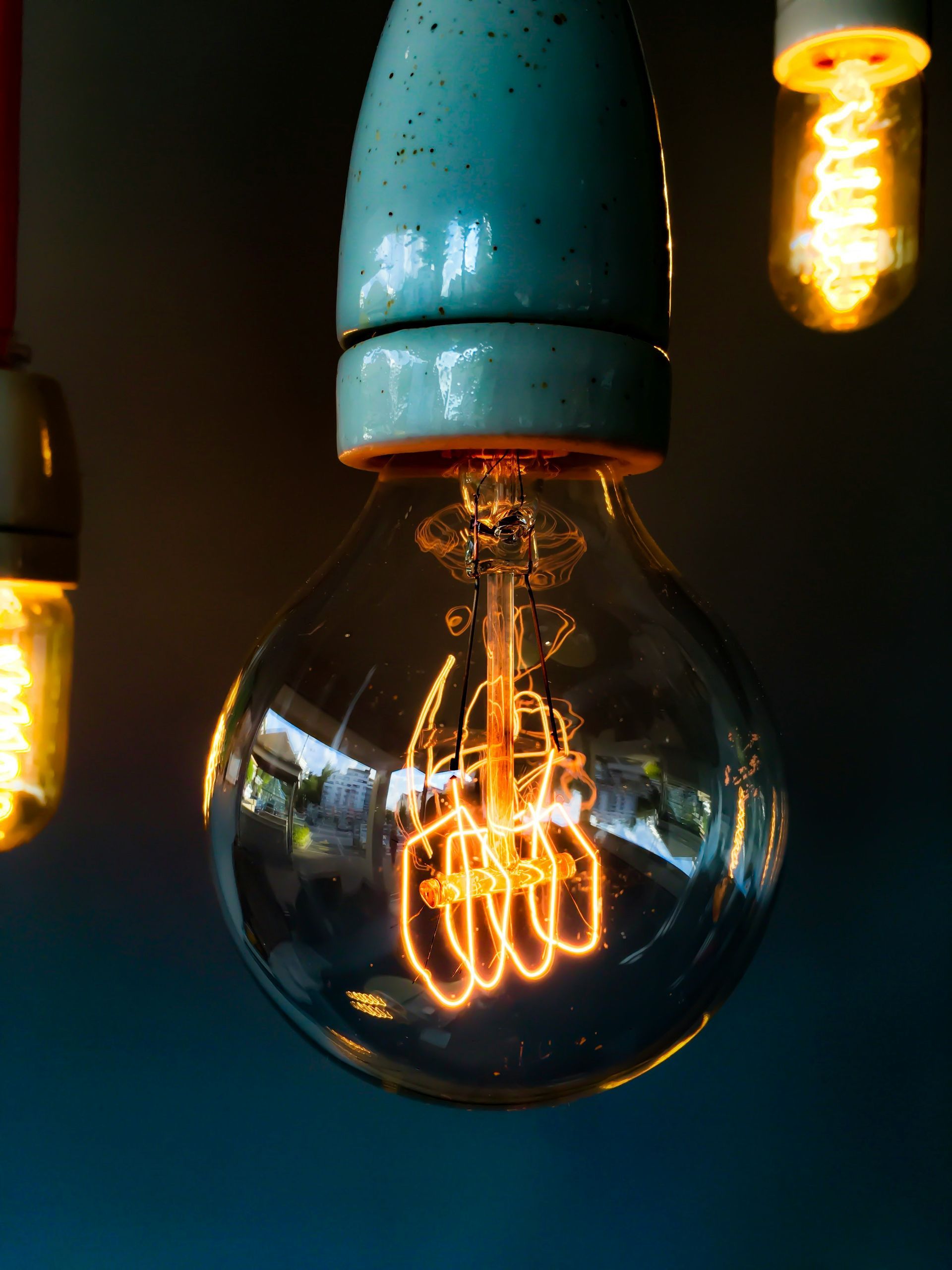
Upgrading to energy-efficient windows is a savvy move for homeowners in northern Wisconsin, conscious of their budgets and the environment. These windows can insulate a home against financial fluctuations in energy prices, reducing energy consumption and positively impacting climate change.
Manufacturers now use durable materials like vinyl for framing energy-efficient windows, combining the benefits of modern technology with reliable performance. During installation, vinyl windows are set into the existing wood frame of the house, and additional insulating measures are taken to ensure optimal indoor temperature regulation. The superior insulation provided by vinyl frames, coupled with advanced glazing techniques, helps maintain consistent indoor temperatures and reduces energy costs. Incorporating double or triple glazing enhances a home’s defense against thermal loss, making it a long-term investment that saves on utility bills and maintains property value by addressing environmental impact.
Save Money
Investing in American window technologies built for energy efficiency leads to substantial savings for homeowners in northern Wisconsin. These windows reduce heat transfer, maintaining home temperature without excessive energy use. They also block out UV rays, protecting occupants and belongings and reducing the need for air conditioning. With specialized glazing, these windows curtail heat transfer, resulting in lower energy consumption and increased comfort.
Increase Comfort
Energy-efficient windows provide a sanctuary from outside noise, which is crucial for homeowners in northern Wisconsin seeking tranquility. They also improve indoor air quality by preventing air pollution from entering living spaces, benefiting those with respiratory issues. These windows support renewable energy use, reduce overall consumption, and may qualify for tax credits, making them a smart investment. Additionally, in homes with photovoltaics, they minimize energy loss, optimizing the sustainable energy setup.
Environmentally Responsible
Energy-efficient windows embody a commitment to environmental stewardship for homeowners in northern Wisconsin by reducing the need for excessive heating and cooling, thus curbing fossil fuel dependency. They help diminish greenhouse gas emissions, making them an ally in the fight against climate change. Homeowners benefit from lower energy consumption, reduced reliance on non-renewable resources, and potential tax rebates, translating eco-friendly practices into economic benefits and a conscious lifestyle choice.
How Do I Know if a Window Is Energy Efficient?
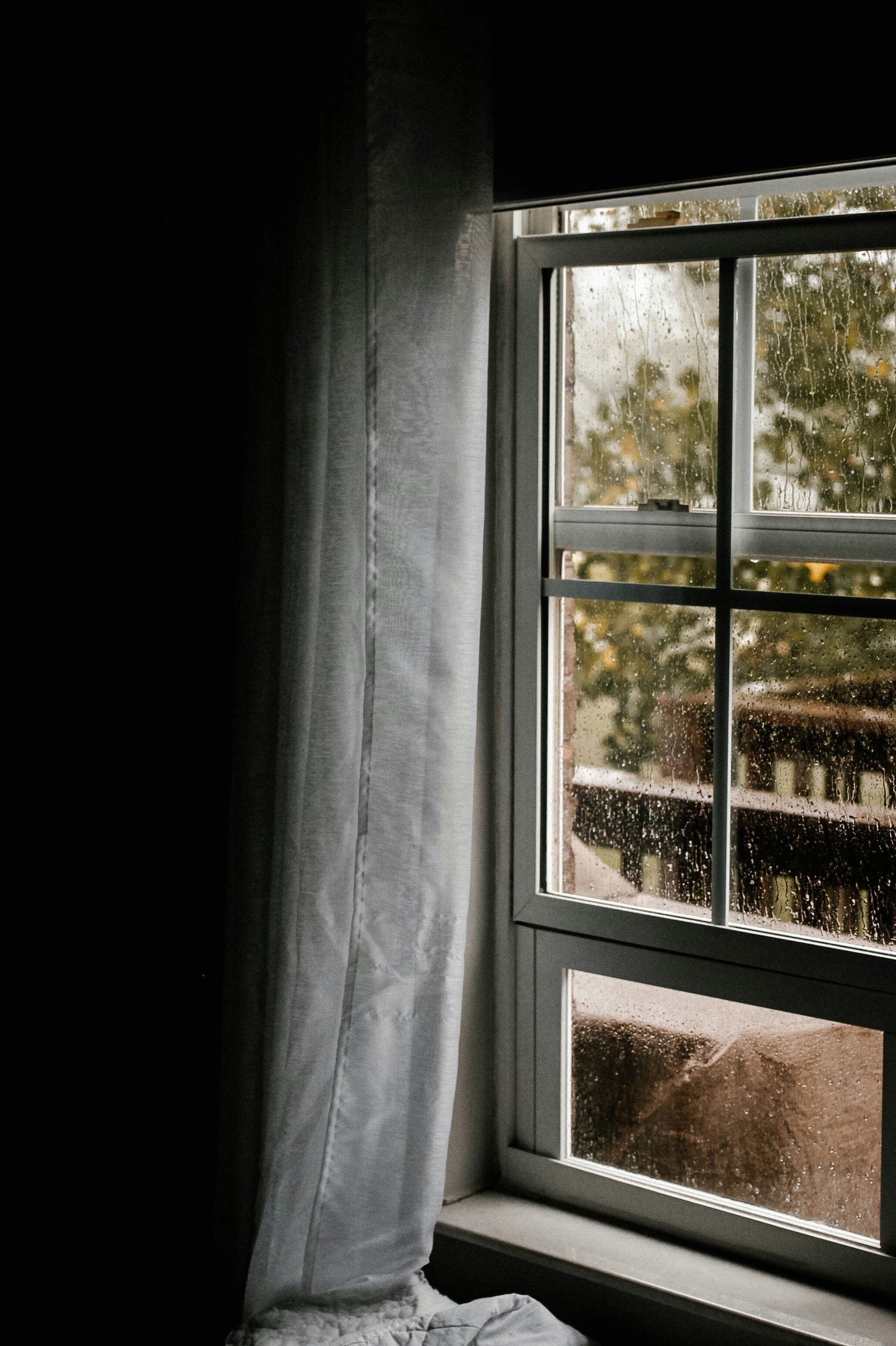
Identifying energy-efficient windows starts with checking for a label from the National Fenestration Rating Council (NFRC). NFRC-certified windows meet rigorous energy performance standards and are rated for their insulating and solar heat gain control proficiency. Look for a low U-factor on the label, indicating the window’s effectiveness in keeping heat inside. A lower U-factor means better thermal insulation, which helps maintain a comfortable indoor climate while reducing energy usage.
Another indicator is the Solar Heat Gain Coefficient (SHGC), which measures how well a window resists unwanted heat gain. Windows with a low SHGC rating efficiently block heat from the sun, making them ideal for warmer climates where keeping a house cool is a priority. For homeowners in northern Wisconsin, these energy-efficient windows ensure year-round comfort and lower energy bills, aligning with the region’s need for effective insulation against extreme weather.
How Do Energy Efficient Windows Work?

Understanding the mechanics behind energy-efficient windows is crucial for homeowners in northern Wisconsin seeking comfort and lower energy costs. Key ratings include the U-Factor, Solar Heat Gain Coefficient (SHGC), and Visible Transmittance (VT). A lower U-Factor indicates superior insulation and heat retention, which are essential in colder months and prevalent in Wisconsin. The SHGC value shows how effectively a window blocks heat from the sun, which is beneficial during warmer days. VT measures the amount of natural light that passes through without added heat, promoting brightness while maintaining temperature control. These metrics significantly enhance a home’s energy efficiency and occupant comfort.
U-Factor
The U-Factor measures a window’s resistance to thermal loss, indicating how well it insulates a home. Homeowners in northern Wisconsin should consider this crucial metric when selecting windows, as a lower U-Factor signifies higher energy efficiency and better insulation performance. A window’s U-Factor reflects its ability to retain heat inside a space, leading to improved energy conservation. Choosing windows with superior U-Factor ratings contributes to a comfortable and energy-efficient home environment, especially in colder climates.
Solar Heat Gain Coefficient (SHGC)
The Solar Heat Gain Coefficient (SHGC) is a rating that measures a window’s capacity to block heat from the sun. This value is particularly important in warmer climates where excessive solar heat gain can lead to higher air conditioning usage and energy expenses:
| Climate Zone | Ideal SHGC Rating | Energy Savings Potential |
|---|---|---|
| Warmer Regions | Low SHGC | High |
| Cooler Regions | Higher SHGC | Moderate |
| Mixed Climates | Varies Based on Season | Varies |
Visible Transmittance (VT)
Visible Transmittance (VT) is essential in defining the amount of natural daylight that passes through an energy-efficient window. A higher VT means more daylight enters the home, enhancing visibility and potentially reducing the need for artificial lighting. Selecting windows with the right VT contributes to a balance of light and energy efficiency, embodying a holistic approach to residential window design. Homeowners in northern Wisconsin and the Fox Cities area can benefit from understanding VT to optimize natural light while maintaining energy efficiency.
Do Energy-Efficient Windows Increase Home Values?

The allure of energy-efficient windows extends to their ability to bolster a home’s market presence. Discerning homeowners and prospective buyers in northern Wisconsin and the Fox Cities area often prioritize properties that demonstrate a commitment to sustainability and long-term cost savings. This commitment is quantified in the substantial return on investment that energy-efficient windows provide. Statistics reveal that homeowners can recoup as much as 69.5% of the initial outlay for these window improvements when they sell their property, making this upgrade not only environmentally savvy but also a wise financial move in the competitive real estate market.
69.5% Return on Investment
Energy-efficient window upgrades are not just about immediate savings or enhancing indoor air quality; they are a valuable investment. Replacing old windows with advanced energy-efficient models featuring protective coatings and improved comfort can significantly boost a home’s appeal and market value. Savvy homeowners in northern Wisconsin can enjoy reduced energy costs and a substantial return on their investment when it’s time to sell. Recent data suggests that homeowners can recoup between 70% to 80% of their investment in window replacements.
How Much Money Do Energy Efficient Windows Save?

Homeowners investing in energy-efficient windows in northern Wisconsin and the Fox Cities area can expect noticeable savings on their energy bills. The exact amount saved will vary based on the climate, the area’s energy costs, and the home’s type and size. However, on average, households save anywhere from $126 to $465 a year when replacing single-pane windows and $27 to $111 a year for double-pane, clear glass replacement windows, as reported by ENERGY STAR.
The enhanced insulation properties of energy-efficient windows reduce the need for heating and cooling systems to work as hard, leading to lower energy consumption. This reduced strain on HVAC systems not only results in cost savings but also extends the life of the systems, providing additional financial benefits over time.
By diminishing the need for artificial heating and cooling, energy-efficient windows contribute to a smaller carbon footprint, thereby aligning cost savings with environmental responsibility. Furthermore, these windows can protect against rising energy prices, yielding long-term financial gains as energy costs continue to escalate.
Conclusion
Energy-efficient windows play a key role in reducing a home’s energy consumption, leading to substantial savings on utility bills. By improving thermal insulation and minimizing heat transfer, these windows help maintain comfortable indoor temperatures and contribute to a more sustainable environment. The upgrade to energy-efficient windows not only enhances the comfort and value of a home but also opens the door to potential financial benefits such as tax incentives and energy discounts. In an era of environmental consciousness, investing in energy-efficient windows is a smart and responsible choice for homeowners in northern Wisconsin and the Fox Cities area.


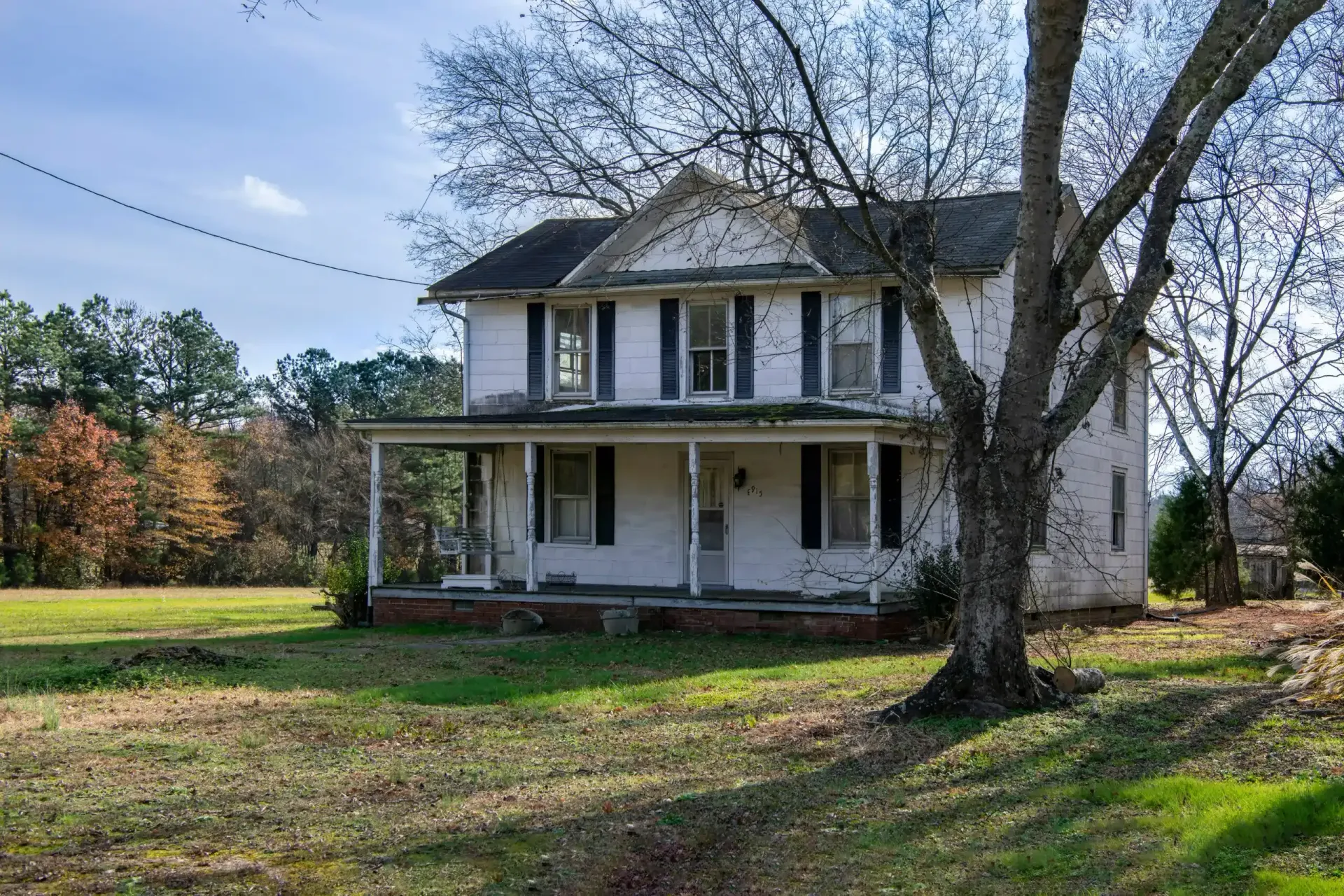
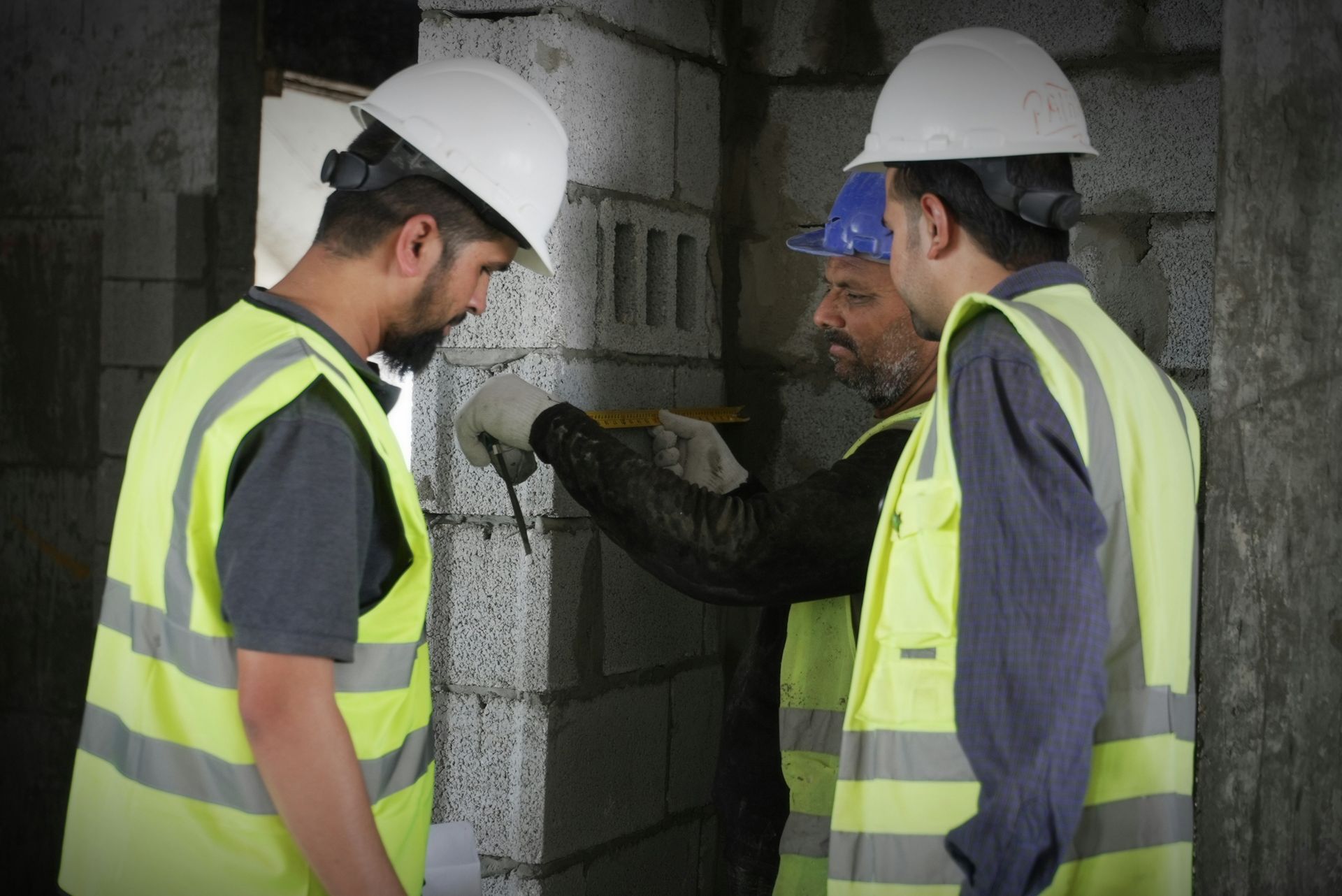
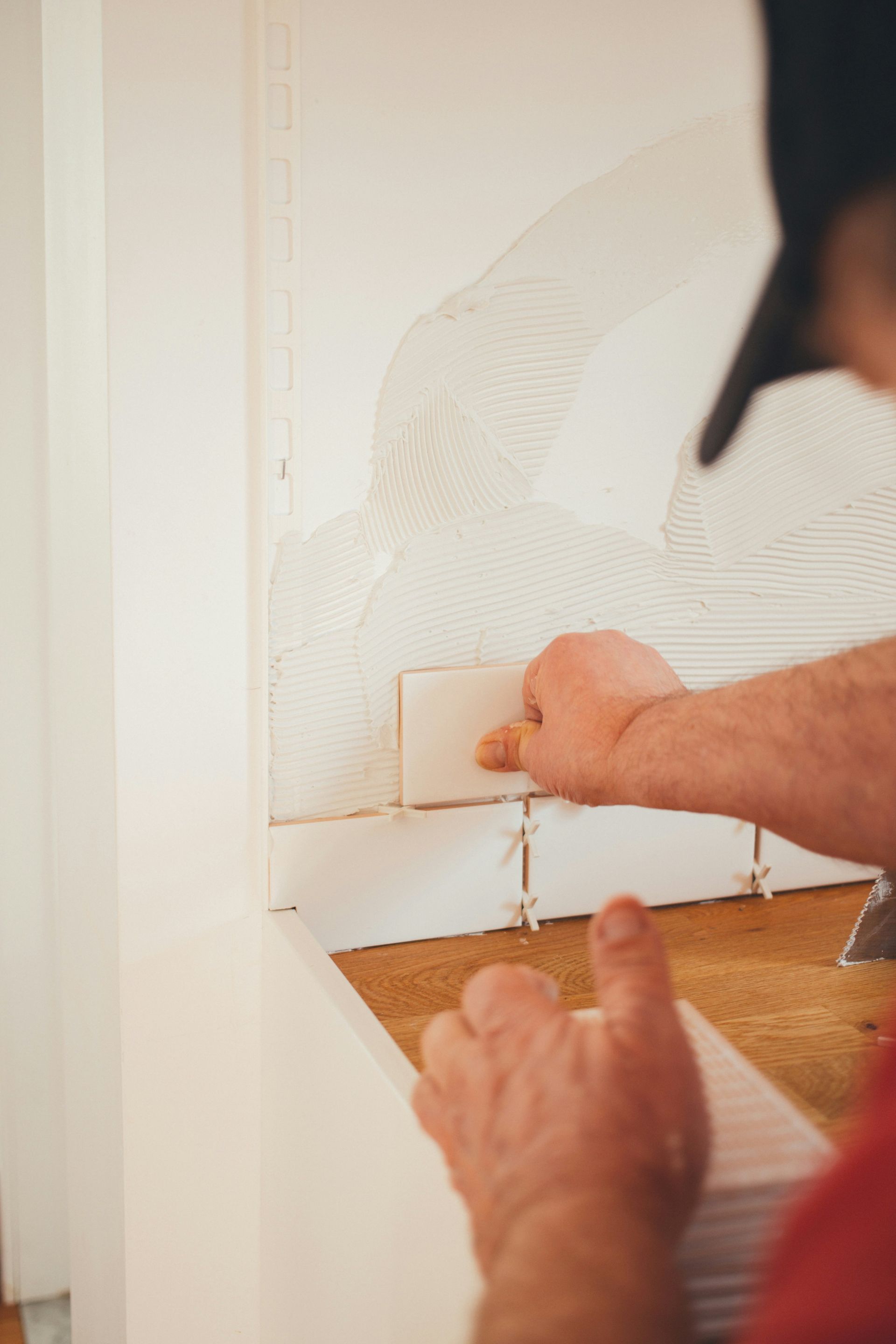

Share On: